Planting cabbage seedlings - it would seem, what could be simpler? But in order to grow good cabbage seedlings at home, and therefore reap a high harvest, you need to know all the details and nuances of sowing and growing the crop.
|
Variety of cabbage types |
Requirements for growing conditions for seedlings
It will not be possible to grow good cabbage seedlings in apartments, since the conditions here are not suitable for them. She needs a lot 
Light. All types of cabbage are very light-loving. Seedlings should be planted in a bright, sunny place. Even in light partial shade, plants begin to stretch out and lie down.
Warm. Cabbage needs coolness during the seedling period. For normal development, the desired temperature during the day is no more than 18°C (optimal 13-15°C), at night - +5-8°C. Seedlings can withstand frosts down to -4°C (except for broccoli and cauliflower).
When growing cabbage seedlings, high air humidity. In dry air, the seedling stem dries out under the cotyledon leaves, and this very often leads to blackleg disease.
The soil. The crop is demanding on soil fertility. It does not tolerate acidic soils. It requires a neutral and slightly alkaline reaction environment (pH 6-7.5) (except for Brussels sprouts, which can also grow on soil with a slightly acidic reaction (pH 5.3-6.0)). The soil should be rich in organic matter or well fertilized.
Watering. All species require abundant watering during the growing season. Plants are watered regularly, preventing the soil from drying out.Savoy cabbage seedlings at an older age can tolerate short-term drying out of the soil, although this is extremely undesirable.
In cauliflower, if you allow the slightest drying out of the soil at an early age, very small heads will later form.
Seedlings of different types of cabbage
Cabbage happens:
- cabbage (white and red cabbage);
- Savoy;
- broccoli;
- colored;
- kohlrabi;
- Brussels sprouts;
- leafy;
- decorative
All types of cabbage are grown through seedlings. It is not advisable to grow it without seedlings, although it is possible. When transplanted, plants develop a very powerful root system, which significantly increases the yield.
|
White cabbage |
There are white and red cabbage of all colors - from dark burgundy to purple. It is very cold-resistant - seedlings can withstand frosts down to -4°C. When planting cabbage seedlings, it needs to create cool conditions with plenty of light.
Red cabbage is intended for fresh consumption. White cabbage, depending on the variety, can be used both for salads and for processing.
Varieties of cabbage are early, medium and late.
Early varieties. Ripening time is 85-100 days. Early varieties are mainly used fresh. They are unsuitable for long-term storage and fermentation.
Early varieties are grown in the southern regions. Seeds are sown for seedlings at the end of February - beginning of March, they ripen in June. In the middle zone and further north, growing early cabbage does not make sense. It can be sown for seedlings in these regions only at the end of March, or even at the beginning of April. It will ripen by the end of July, when mid-ripening varieties are ready. Therefore, here it is either not grown at all, or grown like mid-season cabbage.
Mid-season varieties. It takes 110-130 days from germination to readiness. Universal cabbage: suitable for processing and fresh use. Shelf life: 3 to 5 months.
The timing of sowing cabbage seedlings varies. In the south, sowing is carried out in early April, in the middle zone they are sown in two periods: in early April to obtain an early harvest, and in late April-early May, then the heads of cabbage will be ready by September.
Late varieties. It takes 140-160 days until technical ripeness. The shelf life of these varieties is very high (6-9 months). Immediately after harvesting, it is unsuitable for fermentation, since the processes of accumulation of nutrients continue to proceed intensively. If you ferment it too early, it will be tasteless and soft. You can salt and ferment it 3-4 months after harvesting.
In the northwestern region, in northern Siberia, seedlings are sown in early April. In the middle zone and to the south you can sow at the end of the month, it will grow until the end of October. Harvest the heads of cabbage after the first frost.
Savoy cabbage
|
This is also cabbage, but its leaves are delicate, corrugated, and very beautiful. The heads of cabbage are looser and lighter in color than those of the white cabbage. Cabbage has an excellent delicate taste. |
The ripening period is 100-120 days. This cabbage is planted for seedlings in early to mid-April. Late varieties can be planted in early May and left in the garden until frost. Savoy cabbage is as cold-resistant as white cabbage, can withstand frost and, unlike white cabbage, can tolerate short-term lack of watering.
Broccoli
|
It is the predecessor of cauliflower. During breeding work, cauliflower was obtained from it. Differs from the latter by green or purple heads of various shades. |
In most modern varieties, the head is divided by leaves, while in the colored variety it is dense, without leaves.
Broccoli takes a long time to grow. The ripening period of early varieties is 110-120 days, medium - 130-140 days, late - more than 150 days. Therefore, of the late varieties in the middle zone and to the north, only the most early-growing varieties are grown, whose growing season does not exceed 150-155 days. In the southern regions, in the south of Siberia, the latest varieties do well; their growing period is 180-190 days.
Seedlings are planted in April. Late varieties in the middle zone are planted at the beginning of the month, then early and middle ones at the end of April. In the southern regions, broccoli is sown in mid-March; the order is not so important here.
The seedlings do not tolerate frost; for its normal growth, the temperature should not be lower than 11-12°C. During prolonged cold weather during the seedling period (2-5°C), the head does not set during further growth.
Cauliflower
|
The most heat-loving of all cabbages. During the seedling period, it requires a temperature of at least 14-16°C during the day and at least 8°C at night. Now varieties have been bred with heads of different colors: from yellow to purple. |
Cauliflower seedlings are planted at the end of April. In the southern regions you can plant earlier - in mid-March. But if the temperature for seedlings is no higher than 5°C for 10-15 days, then when ripe the head quickly crumbles or becomes loose. Therefore, if necessary, cauliflower seedlings are additionally insulated.
Kohlrabi
|
Early cabbage. The period from germination to readiness is 65-70 days. The plant is cold-resistant, tolerates frosts down to -4°C and prolonged low positive temperatures (2-4°C). This does not affect the quality of the harvest. |
Kohlrabi seedlings are planted in late March - early April, in the south at the beginning of March. You can plant at several times to get a harvest all summer long.
Brussels
|
Brussels sprouts, like cauliflower and broccoli, take a very long time to grow. Early varieties need 130 days for technical ripeness, late varieties need at least 170, so such varieties are grown only in the southern regions. In the center and to the north, early and mid-season varieties are cultivated. |
Cabbage is unpretentious. The seedlings can withstand light frosts. Sowing of seeds is carried out in early April.
Leafy cabbage
|
The earliest ripening of all cabbages. The harvest is harvested after 50-60 days. This cabbage does not set heads and looks like a giant salad. |
Cold-resistant and unpretentious plant. To grow seedlings, sowing is carried out at the end of March. Can be planted in several stages.
Decorative cabbage
|
This species is also grown through seedlings. It can even be eaten, but its leaves are tasteless and hard. Used in landscaping. |
It is unpretentious, cold-resistant, tolerates frosts down to -4°C, and can be replanted at any age. Seedlings are planted from early April to early May.
Varieties and hybrids
Hybrids more demanding to care for than varieties. The slightest deviation from growing conditions reduces the yield. Hybrids need slightly alkaline soil (pH 6.7-7.5) rather than neutral soil; they grow much better on it. In addition, they need soil rich in humus and constant fertilizing. Violation of the irrigation regime reduces product quality by 30-50%. Summer heat also reduces the quality of hybrids.
But the hybrids ripen together, the yield and taste with proper care are noticeably higher than those of the varieties.
Varieties not so picky about growing conditions.They can more easily tolerate minor errors in care. Intense heat with abundant watering does not have such a strong effect on the products. However, the ripening period of the varieties is quite extended and the taste of the products is not always at its best.
How to grow cabbage seedlings
Full-fledged cabbage seedlings can only be grown in a greenhouse or on a warm veranda, glazed on three sides. Home conditions are bad for plants. It's too dark, dry and hot for them.
An insulated balcony facing south is more suitable. But it may be too cold there at night and the plants will have to be brought into the house, where it is quite hot and dry. Sharp fluctuations in temperature and humidity are very harmful to the crop. In apartment conditions, cabbage seedlings are severely affected by blackleg.
|
A greenhouse is a different matter. It has all the conditions for normal growth. The polycarbonate greenhouse is already quite well heated in March, the ground has thawed, and the temperature in it will be 15-18°C. On warm days it is left open, closing only at night. |
Humidity can also be easily adjusted by moistening the soil. In a greenhouse, plants are much less affected by blackleg.
If there is no polycarbonate greenhouse, then you need to plant the crop for seedlings in a film greenhouse.
Preparing the soil for growing seedlings
The soil for the crop should be rich in nutrients, loose with a neutral or slightly alkaline reaction.
In a greenhouse, the soil, as a rule, meets these requirements; it is loose and well fertilized. In the fall, organic matter is usually added to the closed ground (semi-rotted manure, compost, leaf soil, etc.), so there is no need to additionally fertilize the soil before planting cabbage.
|
If the soil is acidic, add ash, chalk, gypsum or any other lime fertilizer.It can be applied immediately before sowing the seeds, embedded in the soil, since the crop responds positively to lime. |
Fresh manure must not be introduced The crop does not like it; in addition, such fertilizer provokes an increase in the number of pests.
Store-bought soils are not suitable for plants. The peat they contain gives an acidic reaction; moreover, it completely and quickly absorbs moisture from the ground, and the plants will suffer from a lack of water. When purchasing soils, you should always look at the composition of the soil mixture: its reaction should be neutral, and it should contain a minimum amount of peat.
If there is no acceptable option, then ash or chalk is added to the purchased soil mixture. The reaction of the medium is checked using litmus paper.
The best option is to prepare the soil mixture yourself. To do this, take equal parts of turf soil and humus. Any of the components can be replaced with garden soil taken from a greenhouse, from under carrots, onions, but not from beds where cruciferous vegetables grew (cabbage of any kind, radishes, radishes, turnips). If the soil at the dacha is acidic, then add ash; if it is alkaline, do not add ash. A complete complex fertilizer is added to the soil mixture.
The finished soil is watered with a solution of potassium permanganate or Fitosporin to destroy blackleg spores, and placed in a warm place for 2-3 days.
Preparing seeds for sowing
Cabbage sprouts very well and quickly, so there is no need to soak the seeds or treat them with growth stimulants.
To prevent blackleg during the seedling period, the seeds are kept for 30 minutes in a pink solution of potassium permanganate. After this, they are dried and sowed.
Sowing cabbage seeds
In the greenhouse, the crop is sown in pre-diluted furrows to a depth of 2-3 cm with a distance between seeds of 3-4 cm, between furrows of 4-6 cm. If the temperature at night is below freezing, the crops are covered with film.
Seeds are sown in boxes in the same way. Then the box is covered with film and put in a cool, dark place. If the temperature on the balcony at night is positive, then a box with crops can be placed there.
|
Shoots appear very quickly: at temperatures above 16°C already on the third day, at 8-12°C - after 5-6 days. |
Broccoli and cauliflower should be grown separately, since these varieties are more heat-loving and are not always comfortable where all other types grow well. At home, they are grown in a separate box; in a greenhouse, they are planted in the center, where there are no drafts and warmer than near the door.
Kale, unlike other species, does not tolerate transplantation well. Therefore, it is often planted directly into the ground. The crops are covered with film or lutarsil. The time for planting cabbage in this case is the end of April.
The time for planting in the greenhouse is the end of March - beginning of April. Kale can be planted at the same time as lettuce (late April-early May); it can also be sown for seedlings in mid-May. Then this species will produce crops all summer.
Caring for cabbage seedlings
As soon as the first shoots appear, the seedlings are placed in a cool but bright place. If it grows indoors, then during the day the greenhouse door is opened so that the plants do not get too hot. On cold nights they are covered with film, but if light frosts are predicted, then if the greenhouse is covered, the crop need not be covered. The exception is broccoli and the cauliflower variety. They are always covered with film or insulated.
Watering
Plants constantly need moist, but not waterlogged soil.Watering is carried out as the soil dries. If the soil is wet to the touch, but does not stick to your hands, you need watering; if it sticks, then there is enough moisture in the soil. Typically, plants in a greenhouse are watered 2-3 times a week, in apartments - 3-5 times. The lower the temperature, the less often watering is carried out.
The crop does not tolerate dry soil very well during the seedling period. It is unacceptable for the lower part of the stem to dry out. If it has dried out, this is a sign of an incipient black leg. Such specimens are immediately removed, the remaining plants are hilled up, and the soil is spilled with a pink solution of potassium permanganate.
Temperature
The crop prefers low temperatures (8-12°C) when grown, except for broccoli and cauliflower varieties, which require more heat for normal growth. If these species are exposed to low positive temperatures (4-6°C) for 10-14 days, there will be no harvest.
At home, seedling boxes are placed next to the glass and, if possible, taken out onto a glassed-in balcony. If the nights are warm, then the seedlings are left there, bringing them indoors only on cold nights.
When grown in a greenhouse, it is regularly ventilated by opening doors and windows throughout the day. If broccoli and the colored variety are grown in the same greenhouse, then they are covered with lutarsil.
Light
There is enough light for plants in the greenhouse. There is often not enough light in the apartment, therefore, to increase illumination, a mirror or foil is placed on the windowsill behind the seedling boxes. This technique allows you to increase the illumination of plants in the apartment several times, thanks to which the seedlings develop well and do not lie down.
Humidity
The crop needs high humidity during the seedling period. In a greenhouse, you can increase the humidity by watering the seedlings and the soil around them.
This is much more difficult to do indoors. To maintain sufficient moisture, plants are regularly sprayed. You can place a saucer of water on the windowsill and screen the plants from the surrounding room with blinds. Then a microclimate with humidity acceptable for the crop is created on the window. When the humidity in the room is low, the crop becomes infected with blackleg very easily.
Feeding
Cabbage needs feeding from the very beginning of cultivation. As soon as two true leaves appear, the plants begin to be fed. Most of all, seedlings need nitrogen and potassium, but you need to be careful with nitrogen. Excessive use of it leads to increased growth, as a result of which the plants become lodged and weakened. In addition, seedlings begin to accumulate nitrates from a very early age.
|
Fertilizing is carried out once a week, combining it with watering. They use Uniflor-Bud, Agricola, and a special fertilizer “for cabbage.” Uniflor-Rost can be used in a greenhouse, but not often, since nitrogen predominates in it. |
Kemira of all types is not used for fertilizing on acidic soils, since it acidifies the soil, and this causes a slowdown in the growth of seedlings and leads to their disease. In regions where the soil is alkaline, it is used in greenhouses. Kemira cannot be used at home, since even alkaline soils quickly acidify under its influence.
Broccoli and cauliflower seedlings additionally need microelements, so before planting in a permanent place they are fed 2 times with microfertilizers: Uniflor-Micro, Sizam, Oracle or ash infusion.
Picking seedlings
Any cabbage should be grown with a pick (except for leafy cabbage, which can be grown by planting it immediately in a permanent place, although it is better to pick it).
When sowing directly into the ground, the plant root system does not develop enough, and the yield is significantly reduced.
The culture is picked in the phase of 2 true leaves. The plants are planted in separate containers; in the greenhouse, planting is carried out at a distance of 20-25 cm from each other, burying the seedlings in the soil up to the cotyledon leaves.
|
When picking, the cabbage's root system begins to develop strongly, which subsequently increases the feeding area and increases the yield. Seedlings take root easily and quickly. |
After picking, the plants are shaded for 1-2 days. When a new leaf appears, it means that the seedlings have taken root and you need to resume feeding.
Planting seedlings in open ground is carried out when the plants have 4-5 true leaves.
Kale The only one of all who does not tolerate picking well. After the seedlings have grown, they are planted in a permanent place, being careful not to damage the roots. If planting is unsuccessful, kale blooms almost immediately.
The main problems when growing cabbage seedlings
The culture is quite sensitive to growing conditions and problems always arise if not properly cared for.
- Drying the bottom of the stem.
- Lack of moisture in the soil. Plants need constant moderate watering.
- Thickened planting. The feeding area decreases and the crop, again, lacks moisture. The seedlings are thinned out. The remaining specimens should not be crowded. The stem is lightly sprinkled with earth.
- The air is too dry. To increase air humidity, plants are sprayed.
- Blackleg. It always appears when the stem dries out. Therefore the main disease prevention - this is thinning the crops, keeping the soil moist, and preventing it from becoming waterlogged.When the first signs appear, diseased specimens are immediately removed; it is advisable to pick up the rest of the seedlings. If this is not possible, water with a pink solution of potassium permanganate.
- Pulling seedlings. A common occurrence when growing cabbage at home.
- She doesn't have enough light. To increase illumination, reflective materials are used: mirrors, foil. If possible, the seedlings are taken to the dacha and left in the greenhouse.
- The nitrogen content in the fertilizer is too high. With excessive nitrogen fertilizing, leaves begin to develop to the detriment of the root system, which has nowhere to grow. The seedlings stretch out greatly and lie down.
It is necessary to stop fertilizing containing nitrogen and give cabbage only nitrogen-free fertilizers until planting in the ground.
4. Seedlings do not grow. Often observed when growing cabbage in an apartment. Plants are too hot and dry. It is necessary to lower the temperature, increase humidity and feed the plants. The best option would be to place the seedling boxes in the greenhouse.
It is quite difficult to grow good cabbage seedlings at home. It is much easier to do this in a greenhouse. Moreover, polycarbonate greenhouses make it possible to create ideal conditions for this crop.
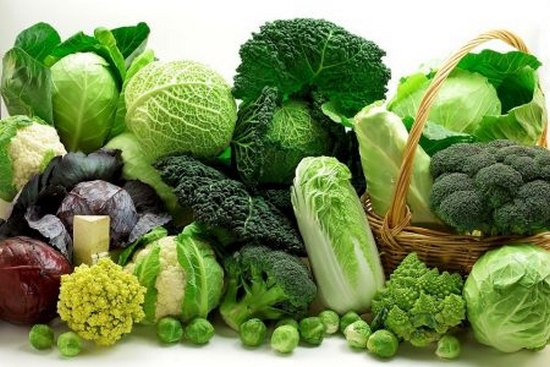
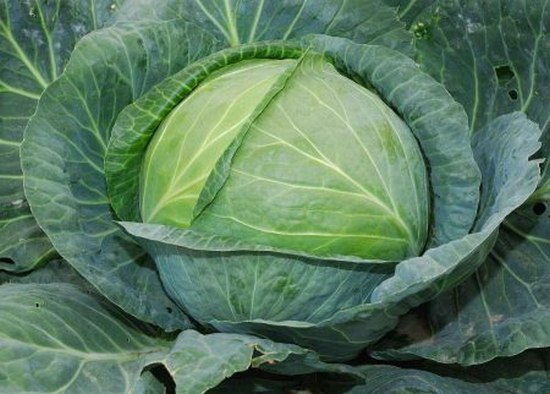
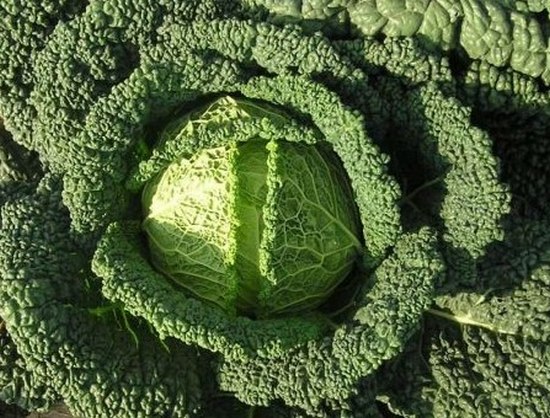
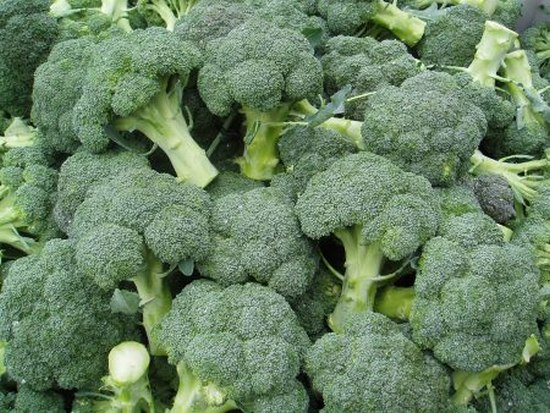
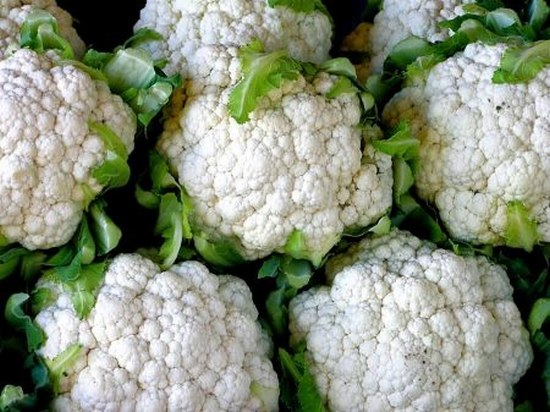
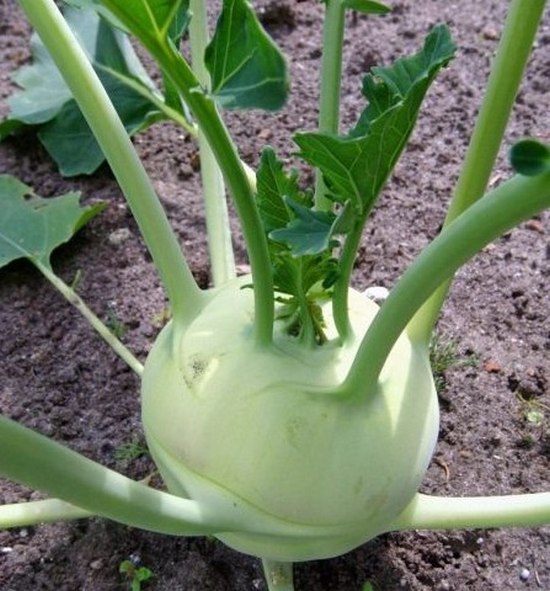
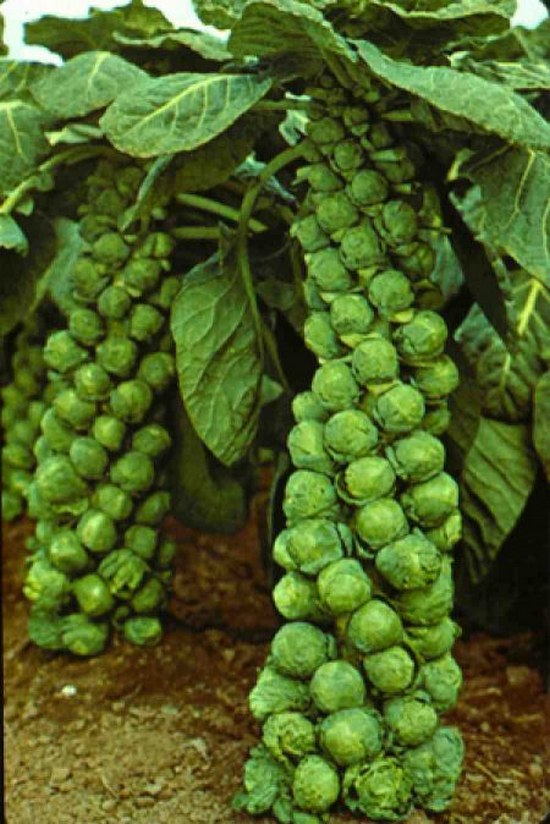
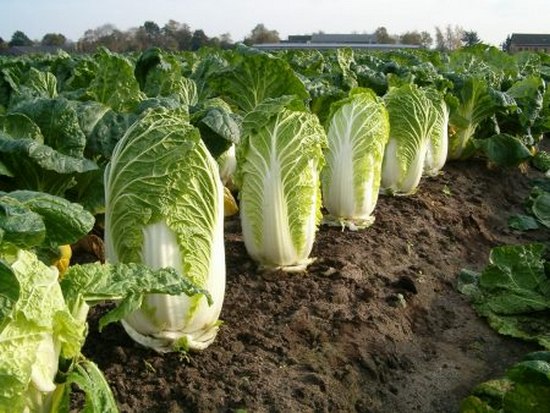
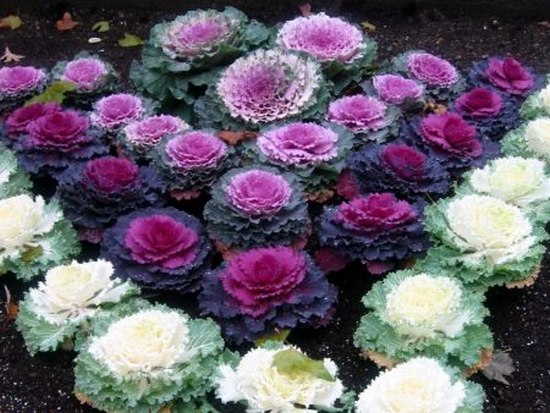
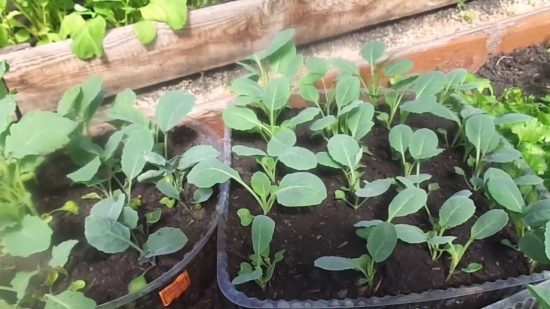
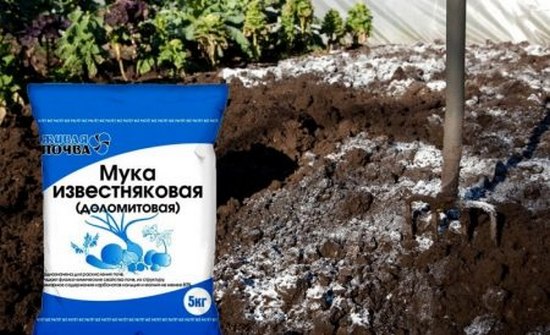
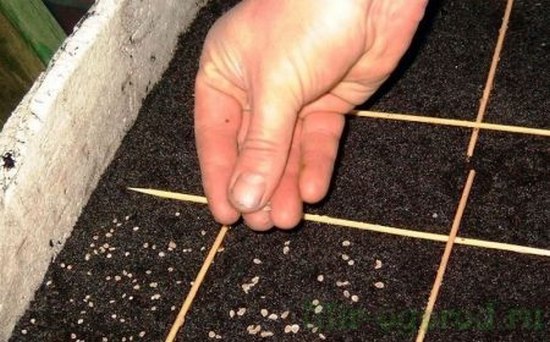

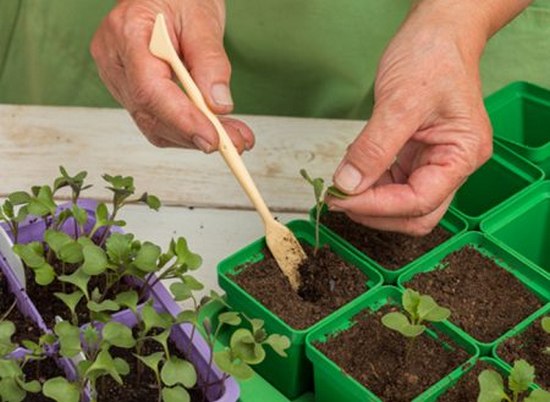
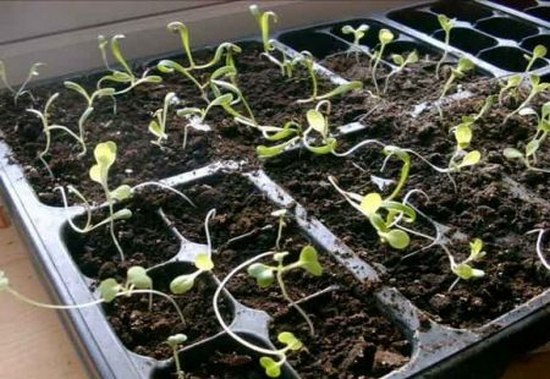


 (6 ratings, average: 3,83 out of 5)
(6 ratings, average: 3,83 out of 5) CUCUMBERS NEVER GET SICK, I'VE BEEN USING ONLY THIS FOR 40 YEARS! I SHARE A SECRET WITH YOU, CUCUMBERS ARE LIKE THE PICTURE!
CUCUMBERS NEVER GET SICK, I'VE BEEN USING ONLY THIS FOR 40 YEARS! I SHARE A SECRET WITH YOU, CUCUMBERS ARE LIKE THE PICTURE! You can dig a bucket of potatoes from each bush. Do you think these are fairy tales? Watch the video
You can dig a bucket of potatoes from each bush. Do you think these are fairy tales? Watch the video
 How our fellow gardeners work in Korea. There is a lot to learn and just fun to watch.
How our fellow gardeners work in Korea. There is a lot to learn and just fun to watch. Eye trainer. The author claims that with daily viewing, vision is restored. They don't charge money for views.
Eye trainer. The author claims that with daily viewing, vision is restored. They don't charge money for views. A 3-ingredient cake recipe in 30 minutes is better than Napoleon. Simple and very tasty.
A 3-ingredient cake recipe in 30 minutes is better than Napoleon. Simple and very tasty. Therapeutic exercises for cervical osteochondrosis. A complete set of exercises.
Therapeutic exercises for cervical osteochondrosis. A complete set of exercises. Which indoor plants match your zodiac sign?
Which indoor plants match your zodiac sign? What about them? Excursion to German dachas.
What about them? Excursion to German dachas.